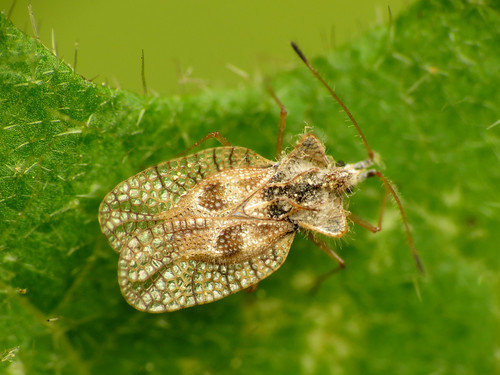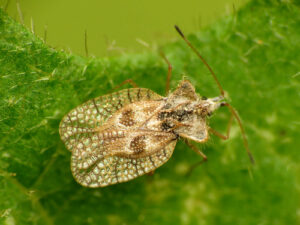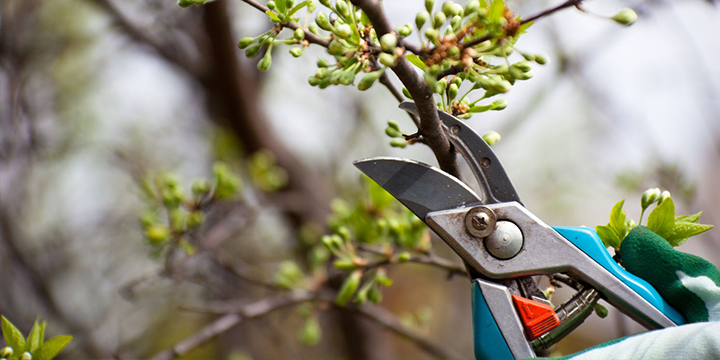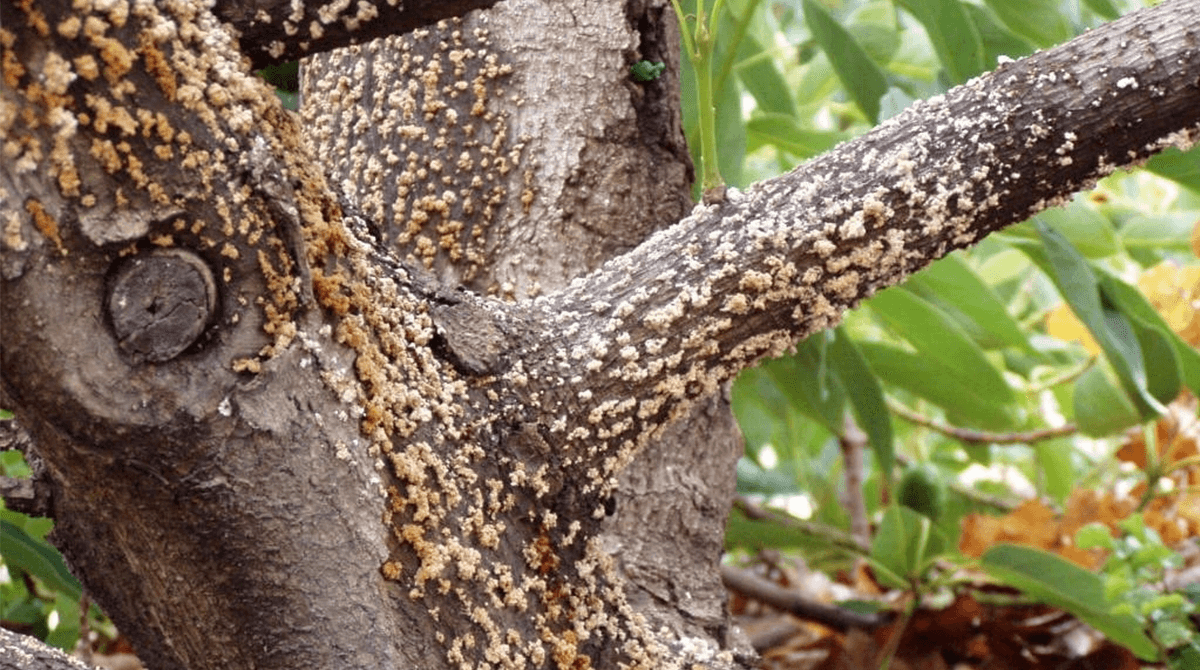
Date May 11, 2023
Egglplant Lace Bug via Flickr by Katja Schulz
Lace bugs may be small, but they can cause significant damage to your plants if left unchecked. With around 140 North American species, each with its specific host preferences, it’s crucial to know how to identify and prevent these pests from taking over. Let’s dive into the world of lace bugs and explore how you can protect your plants from harm.
What Are Lace Bugs?
Lace bugs, measuring about 1/8 to 3/8 inch in length, are named for the intricate, lacy patterns on their wings and thorax. They feed on various plants, including oak, elm, basswood, fringetree, and pyracantha. Each species tends to feed only on a preferred host plant or closely related species. Relevant species include azalea lace bugs, hawthorn lace bugs, lantana lace bugs, and hackberry lace bugs.
Identifying Lace Bug Damage
Lace bugs feed on the underside of leaves, inserting their mouthparts to suck out the leaf’s chlorophyll and nutrients. This feeding style causes pale stippling and bleaching on the leaf surface, which becomes more visible by mid to late summer. Heavy infestations can cause leaves to turn gray or yellow and drop from the plant prematurely.
Though lace bug damage is mostly aesthetic and doesn’t harm the plant severely, high lace bug populations can cause a modest reduction in the plant’s growth rate.
Natural Enemies of Lace Bugs
Fortunately, lace bugs have natural enemies to help keep their populations under control. Examples include parasitic wasps, predatory assassin bugs, lacewing larvae, lady beetles, jumping spiders, pirate bugs, and mites. These insects help keep lace bug populations at low levels and control outbreaks.
Prevention and Control Strategies
Before turning to insecticides, consider using cultural and biological control methods to protect your plants from lace bugs:
Cultural Control
- Choose plants that are well-adapted to your site and provide proper care.
- Avoid planting susceptible species in full sun or dry areas.
- Keep plants well-watered and avoid over-fertilizing.
- Mulch beds to protect roots and prevent shrubs from drying out.
- Plant low-growing plants that encourage beneficial insects.
Biological Control
- Conserve predators and parasites by providing flowering plants and partial shade.
- Use nontoxic sprays to destroy eggs and nymphs in the spring.
Only consider using insecticides as a last resort when cultural and biological controls aren’t enough:
Chemical Control
- Choose contact insecticides without persistent toxic residues, such as M-Pede oil.
- Avoid broad-spectrum insecticides with residues that can persist for weeks.
- Read and follow the product label instructions for safe and effective use.
Resistant Plant Varieties
Another way to protect your garden from lace bugs is by planting resistant plant varieties. For example, consider including shade-tolerant flowering shrubs such as the Oregon grape, red flowering currant, kalmia, hydrangea, osmanthus, and daphne.
By understanding the habits and preferences of lace bugs, you can take proactive steps to protect your plants from these pesky pests. With proper plant maintenance, the use of natural enemies, and selecting resistant plant varieties, you can keep your garden healthy and lace-bug free. Happy gardening!








